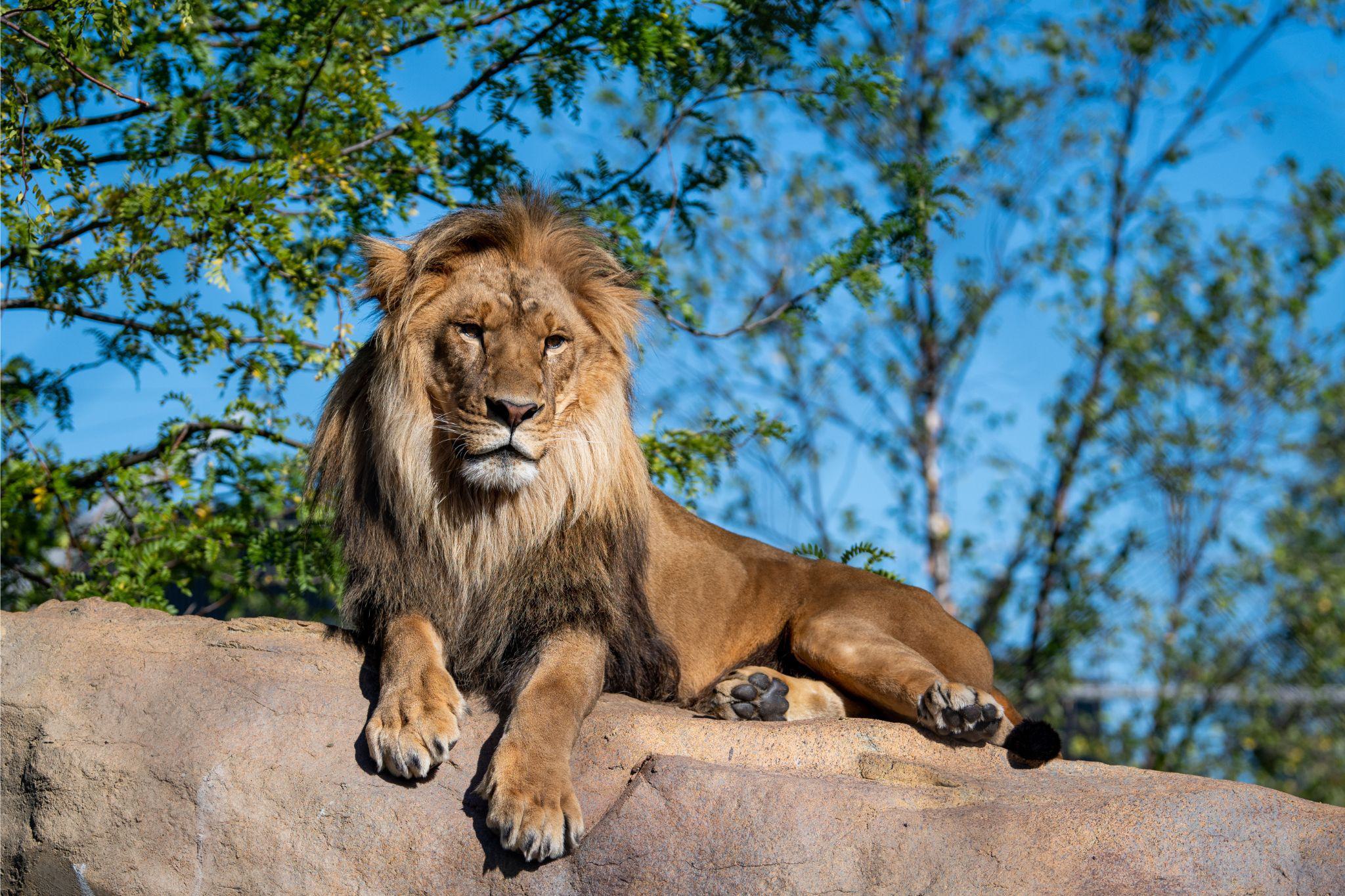Superstitions and Myths: When Our Fears Endanger Wildlife
As Halloween approaches, it’s fun to remember that some popular beliefs aren’t just about ghosts or witches, but about animals, too! While walking under a ladder or breaking a mirror may mostly concern personal luck or safety, animal-related superstitions can have much broader consequences, sometimes affecting entire ecosystems. In various parts of the world, animals are persecuted not because they pose a real threat, but simply because of the myths and legends attached to them.
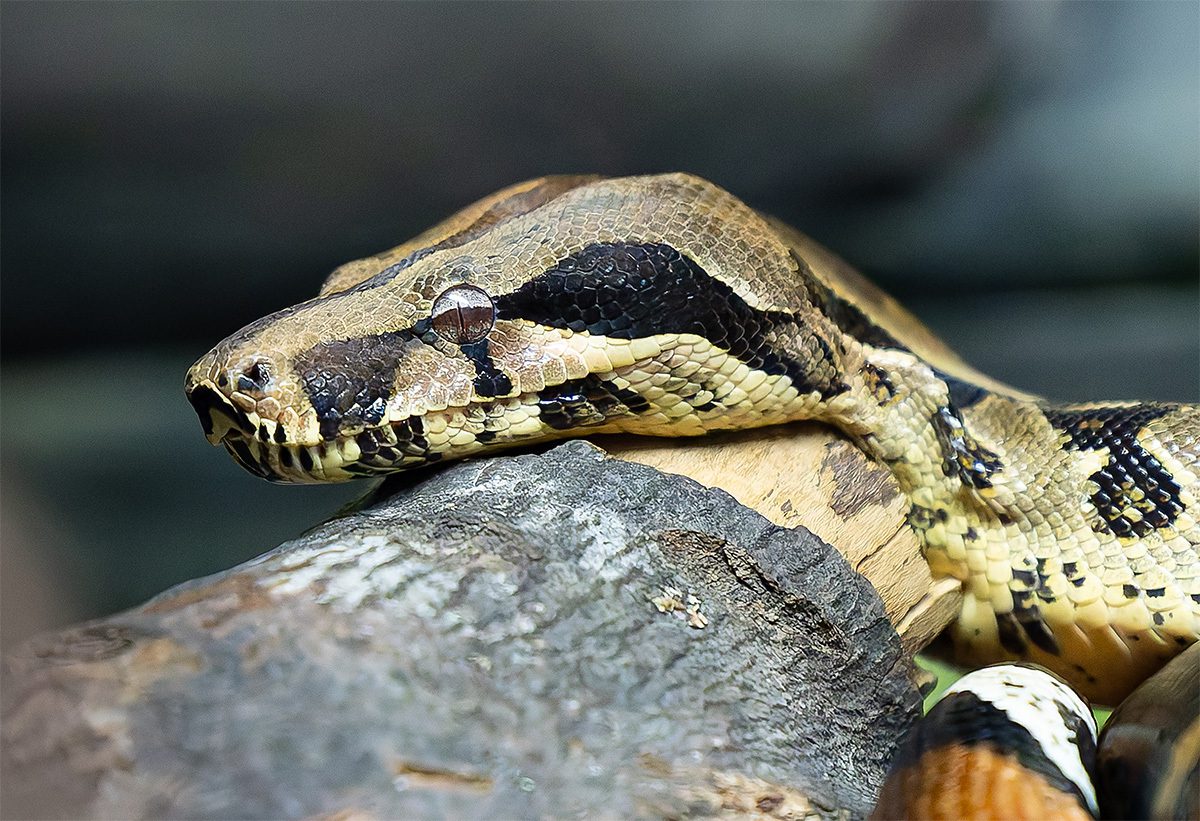
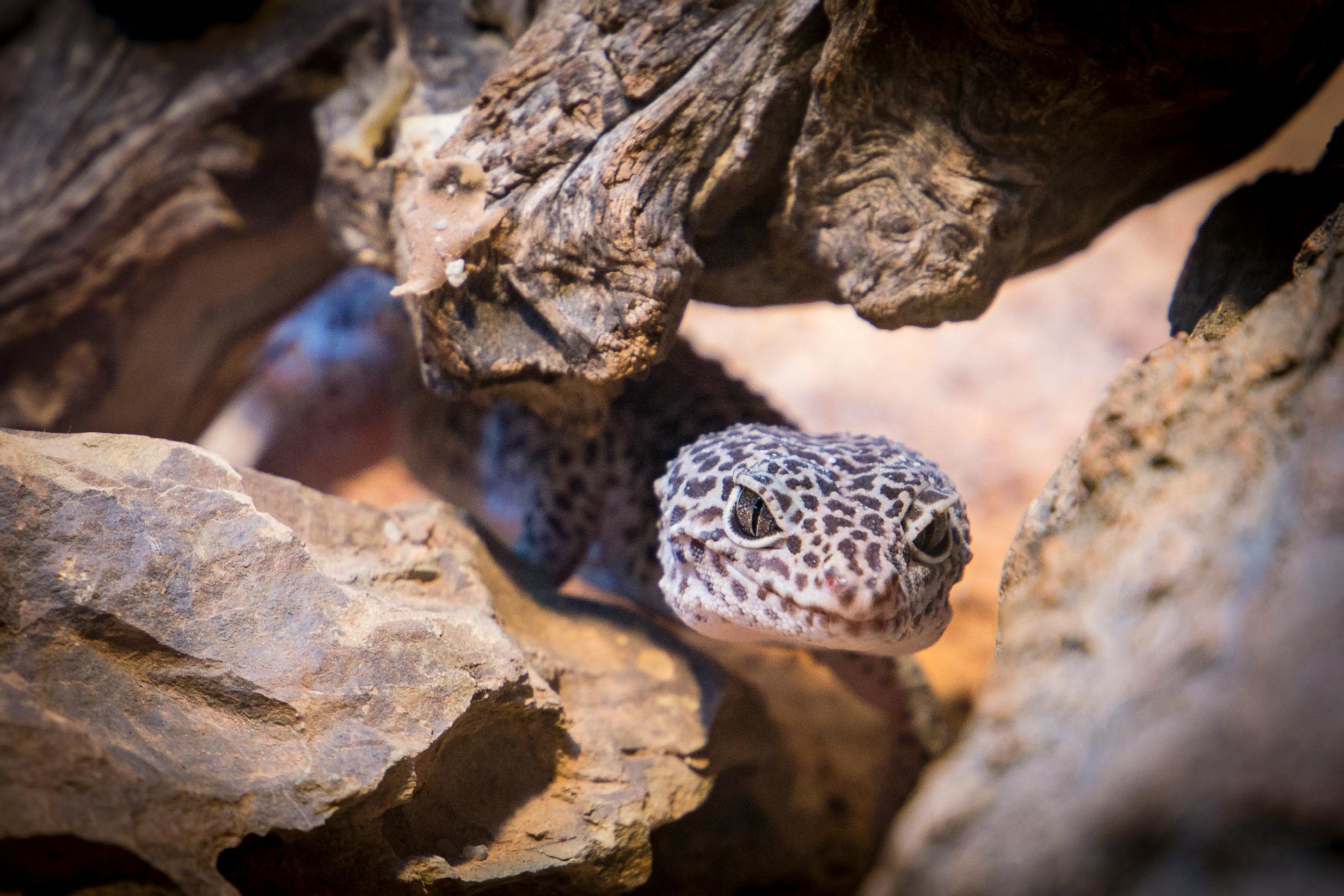
When Fear and Beliefs Threaten Biodiversity
Take the example of Madagascar. In the northwest of the island, locals believe that the fandrefiala (Ithycyphus miniatus), a red-tailed snake, can transform into a spear and kill anyone who dares to step over it. Although the species is harmless, this age-old fear leads to its widespread extermination.
Reptiles and amphibians are frequent victims of such persistent prejudices. In Portugal, for instance, geckos and snakes are often killed because they are thought to be evil, even though they play a key role in maintaining ecological balance by controlling insect populations.
Fear, though often irrational, is deeply rooted in culture and folklore. An animal’s appearance or behavior, an unusual snout, bright colors, or nocturnal habits, can all feed superstitions and trigger persecution.
Humans are particularly prone to attributing malicious intent to species that are least like them or that they know little about.
Between Fear and Animal Protection
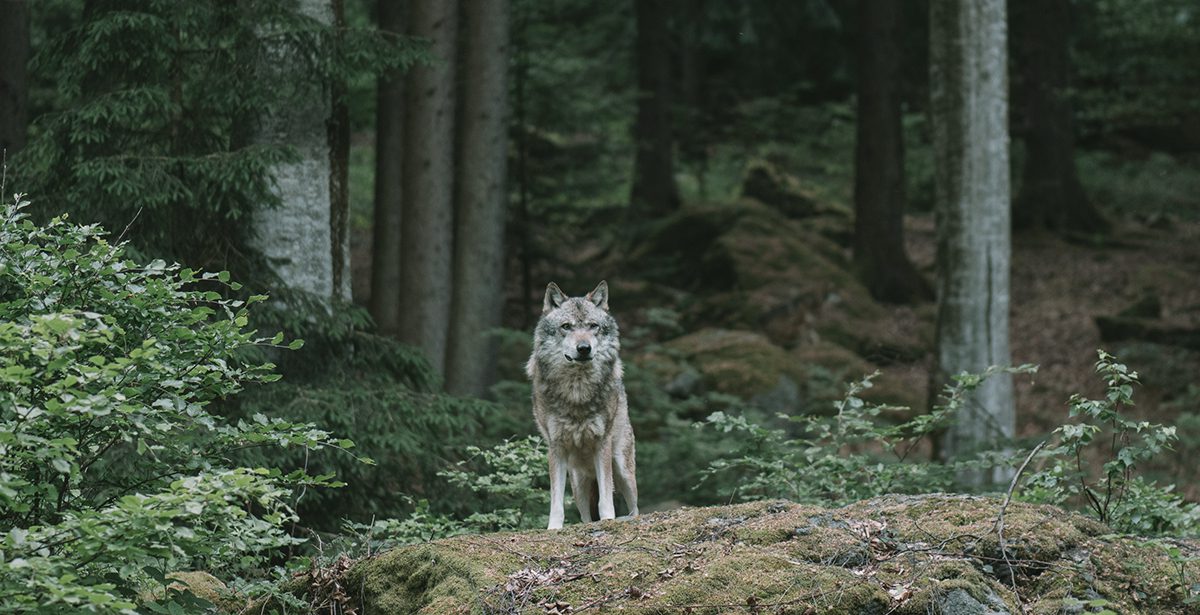
Myths also shape how we view more “charismatic” or well-known mammals. With the flood of films, books, and games that romanticize werewolves today, it’s easy to forget that they once inspired real terror in rural communities.
In the sixteenth century, people believed that certain individuals could transform into wolves after making a pact with the devil. These cultural beliefs heavily influenced how communities interacted with wolf populations. Across Europe, wolves were hunted nearly to extinction, not only to protect livestock but also because centuries of tales about lycanthropes and bloodthirsty beasts instilled a deep, visceral fear in people.
The opposite can also be true, some beliefs protect animals.
In Ethiopia, for example, hyenas are thought to devour evil spirits and are therefore tolerated by local populations. These examples, both positive and negative, show how magic and superstition can shape our relationships with wildlife, for better or for worse.
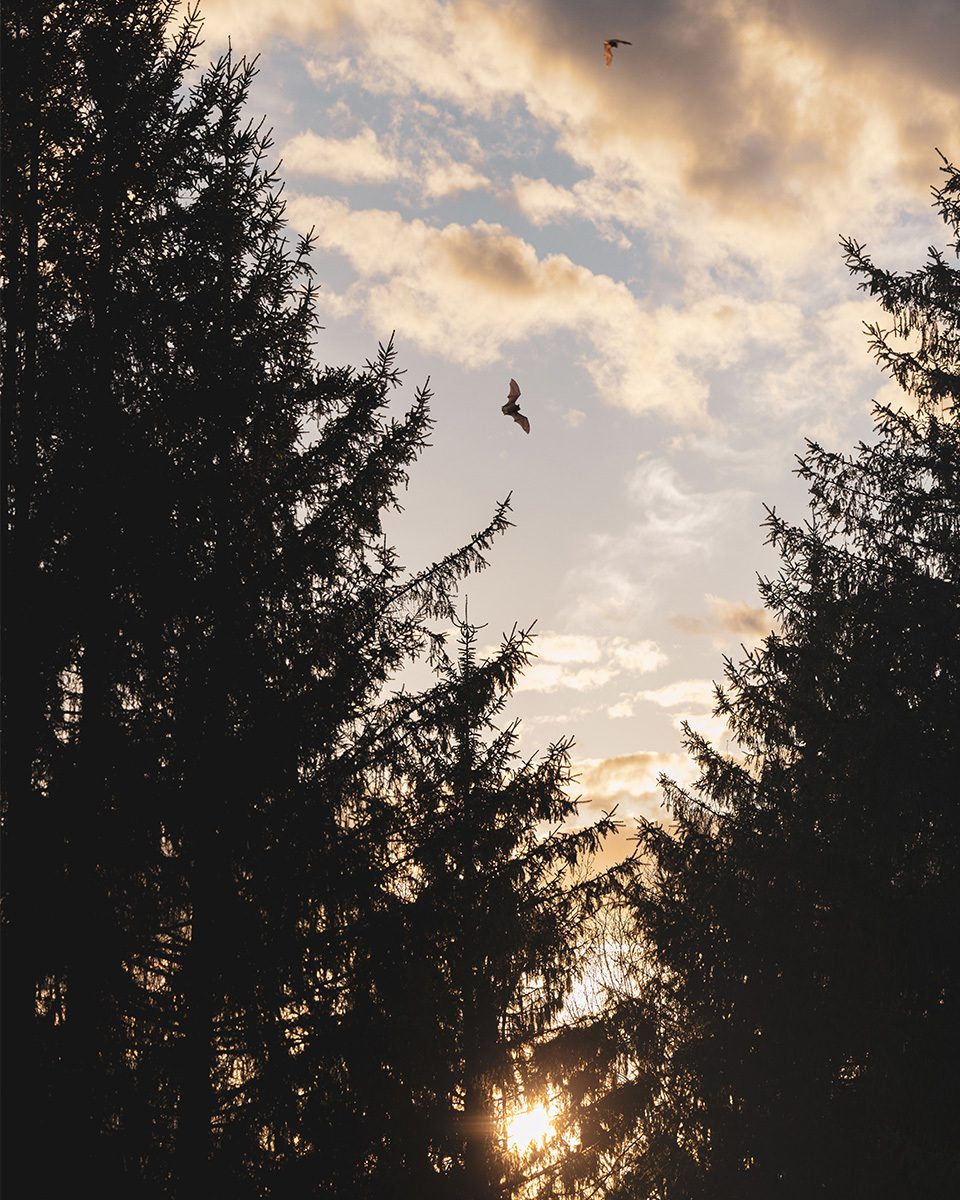
Not so different... Even here in Quebec
And we don’t have to look far to find long-lasting animal myths.
In Québec, local legends surrounding certain creatures reveal how folklore can shape our attitudes. Bats, for instance, are often associated with bad luck or witchcraft.
It’s said that if one flies near you at night, it might get tangled in your hair or even drink your blood, beliefs that needlessly frighten people and sometimes lead to the destruction of entire colonies.
In reality, these small mammals are vital allies: they regulate insect populations and contribute to ecosystem health.
Fortunately, there are ways to change these negative perceptions. Education and awareness are key.
In Brazil, for example, researchers created a children’s book about the giant anteater, highlighting its ecological role and behavior rather than reinforcing local superstitions that threaten its survival. This approach successfully improved how younger generations perceive the species.
Learning about an animal’s biology, behavior, and ecological importance helps replace fear with understanding and respect.

